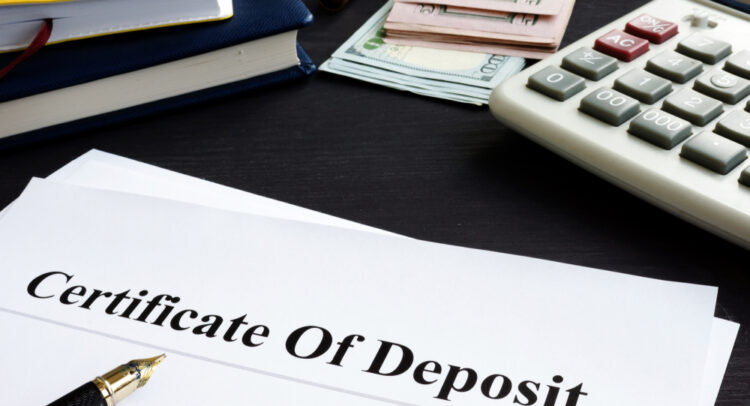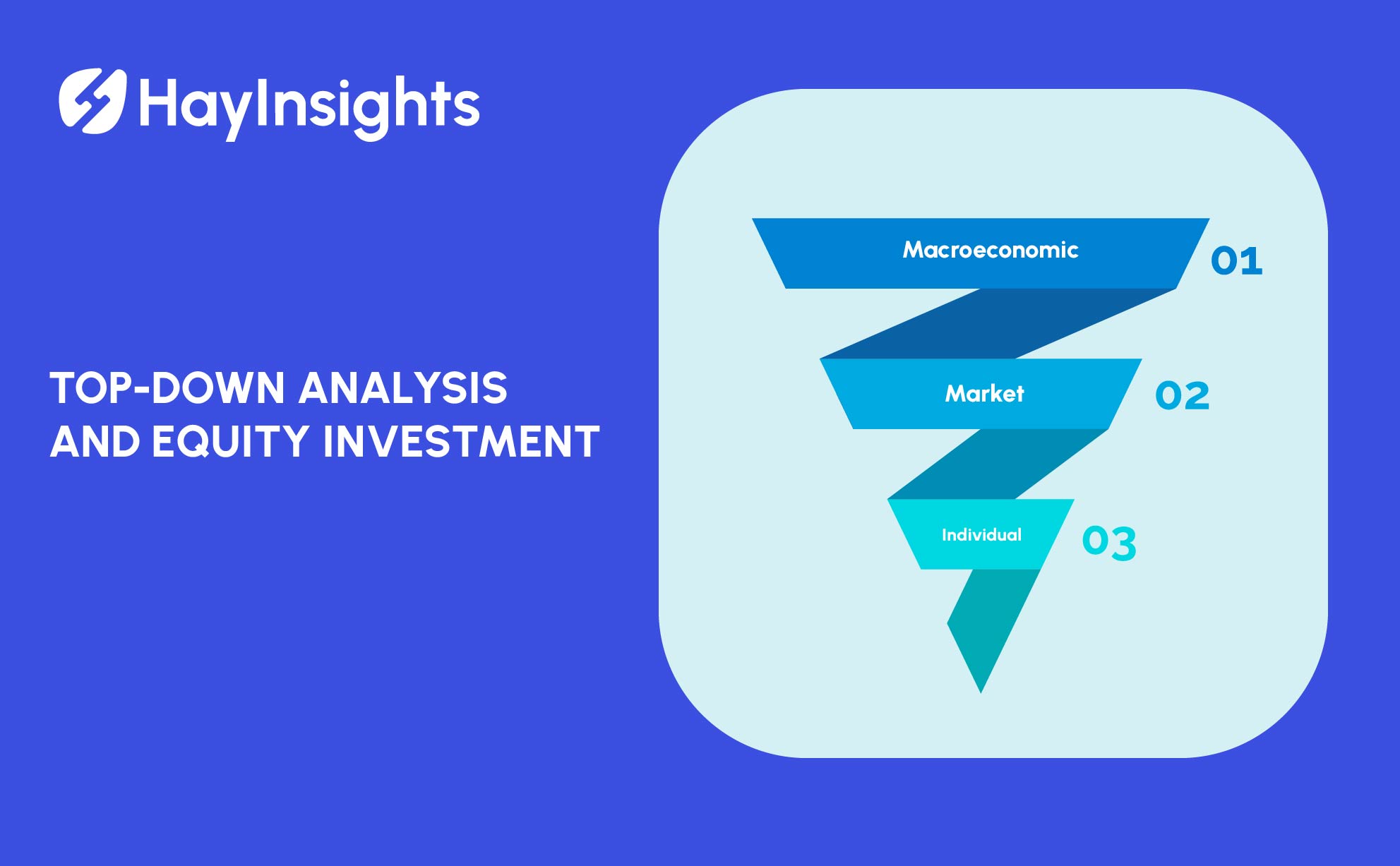
日本のCD金利を理解する:トレンド、要因、2025年の将来展望
預金証書(CD)は、安定した収益を求める個人や機関にとって、長い間、安全な投資オプションと考えられてきました。しかし、日本では、これらの定期預金は、国の独特の経済環境に大きく影響され、世界でも最も低い利回りの一部となっています。この記事では、日本のCD市場の歴史的傾向、金利に影響を与える主な要因、および将来の潜在的な変化について考察します。
日本におけるCD金利の歴史的変遷
1990 年代初頭、日本の経済バブルが崩壊する前、CD 金利は比較的高く、年率 3% を超えることも多かった。日本では急速な経済成長と強い信用需要があったため、銀行や金融機関は預金を引き付けるために競争力のある金利を提供していた。しかし、資産バブルが崩壊すると、日本は長期にわたるデフレと不況に陥り、CD を含むすべての金融商品の金利が大幅に低下した。
1999 日本銀行(BoJ) がゼロ金利政策(ZIRP)を導入したことが転機となった。この政策は、借入コストを安くすることで経済成長を刺激することを目指したものだったが、預金者が預金からほとんど利益を得られないことも意味した。2000年代初頭までに、CD金利は0.2%~0.5%程度に低下し、過去数十年に比べて劇的な低下となった。
2016年 日銀がマイナス金利政策(NIRP)を実施し、債券商品の利回りがさらに低下したことで状況は悪化した。CDは技術的にはプラス金利を維持していたものの、ゼロ近辺で推移していた。大手金融機関は譲渡性預金証書(NCD)として知られる機関向けCDについて、依然として若干有利な条件で交渉できたが、個人投資家には定期預金に資金を預ける動機がほとんどなかった。
日本のCD金利に影響を与える主な要因
日本のCD金利を決定づける最大の要因の一つは、日銀の金融政策である。日銀はデフレ対策と経済活動の刺激策として、何十年にもわたり金利を異例の低水準に抑えてきた。インフレ対策として中央銀行が金利を引き上げる他の国々とは異なり、日本は消費者物価の低迷と賃金の伸び悩みに悩まされており、政策当局は超緩和的な金融政策の維持を余儀なくされている。
もう一つの重要な要因は、日本の人口の高齢化と消費者需要の低迷です。労働力の減少と積極的にお金を借りる若者の減少により、銀行は融資需要の減少に直面しています。CDは主に融資活動の資金として使用されるので、信用需要の低下は金融機関が魅力的なCD金利を提供する動機がほとんどないことを意味します。
さらに、世界的な金利環境も影響しています。米国やオーストラリアなどの国は近年金利を大幅に引き上げ、債券商品の利回りを高めています。多くの日本の投資家、特に富裕層は、国内のCDに比べて大幅に高い利回りを提供する外貨建てCDへの投資を好みます。
現在の市場状況と2024年のCD金利
2024 年初頭現在、日本の CD 金利は歴史的に低い水準に留まっています。1 か月または 6 か月の預金などの短期 CD の金利は 0.001%~0.005% に近く、一般的な普通預金口座とほとんど区別がつきません。5 年預金などの長期 CD でも、ほとんどの場合 0.05% をわずかに超える程度です。
これらの数字を総合的に見ると、10年満期の日本国債(JGB)の利回りは現在0.2%~0.6%で、保守的な投資家にとってはやや良い選択肢となっている。一方、米ドルや豪ドルの外貨建てCDは2%~5%を超える金利を提供することが多く、為替リスクを負っても構わない日本の投資家にとってははるかに魅力的である。
日本の金融政策が将来のCD金利にどのような影響を与えるか
現在、日本の金融市場における最大の疑問の一つは、日銀が超金融緩和政策を最終的に放棄するかどうかだ。インフレが徐々に上昇する中、一部のアナリストは日銀が政策を調整し、CD金利が若干上昇する可能性があると推測している。
日銀が基準金利を少しでも引き上げれば、銀行のCD利回りは若干改善するかもしれない。しかし、日本は低金利を維持してきた歴史があるため、短期的には大幅な上昇は見込めない。より現実的には、CD金利は今後数年間で0.1~0.5%上昇する可能性があるが、日本が大幅な経済改革を行わない限り、1990年代以前の水準に戻る可能性は低い。
投資家は今、日本でCDを検討すべきでしょうか?
リスクを嫌い、利回りよりも元本の保全を優先する投資家にとって、CD は依然として安全な選択肢です。預金は預金保険機構によって銀行ごとに預金者 1 人あたり最大 1,000 万円まで保証されるため、リスクはほぼゼロです。ただし、他の金融商品の方がより高い利回りを提供する場合、低利回りの CD に資金を預けておくことの機会費用は大きくなります。
代替案を探している人は以下を検討してください:
- 外貨CD: 多くの日本の銀行は、非常に高い金利で米ドル、ユーロ、またはオーストラリアドルの CD を提供しています。ただし、為替レートの変動はリスクとなります。
- 日本国債: それほど利益は大きくないが、国債は国内CDよりも高い利回りを提供する。
- 配当株: 日本の優良企業の中には、2%~3%の配当利回りを提供しているところもあり、長期投資家にとってはより魅力的な選択肢となっています。
結論:日本のCD金利の今後はどうなるのか?
日本のCD金利は、数十年にわたる超金融緩和政策、デフレ圧力、消費者需要の弱さが主な原因で、依然として世界最低水準にとどまっています。日銀が徐々にマイナス金利政策から転換するのではないかという憶測もありますが、近い将来、CD金利の上昇は最小限にとどまると予想されます。
より高い利回りを求める投資家にとって、外貨建てCD、国債、配当株はより魅力的な選択肢となります。しかし、利回りよりも安全性と流動性を優先する投資家にとって、CDは日本の金融環境において、利回りは低いものの、リスクのない投資選択肢として引き続き機能しています。













